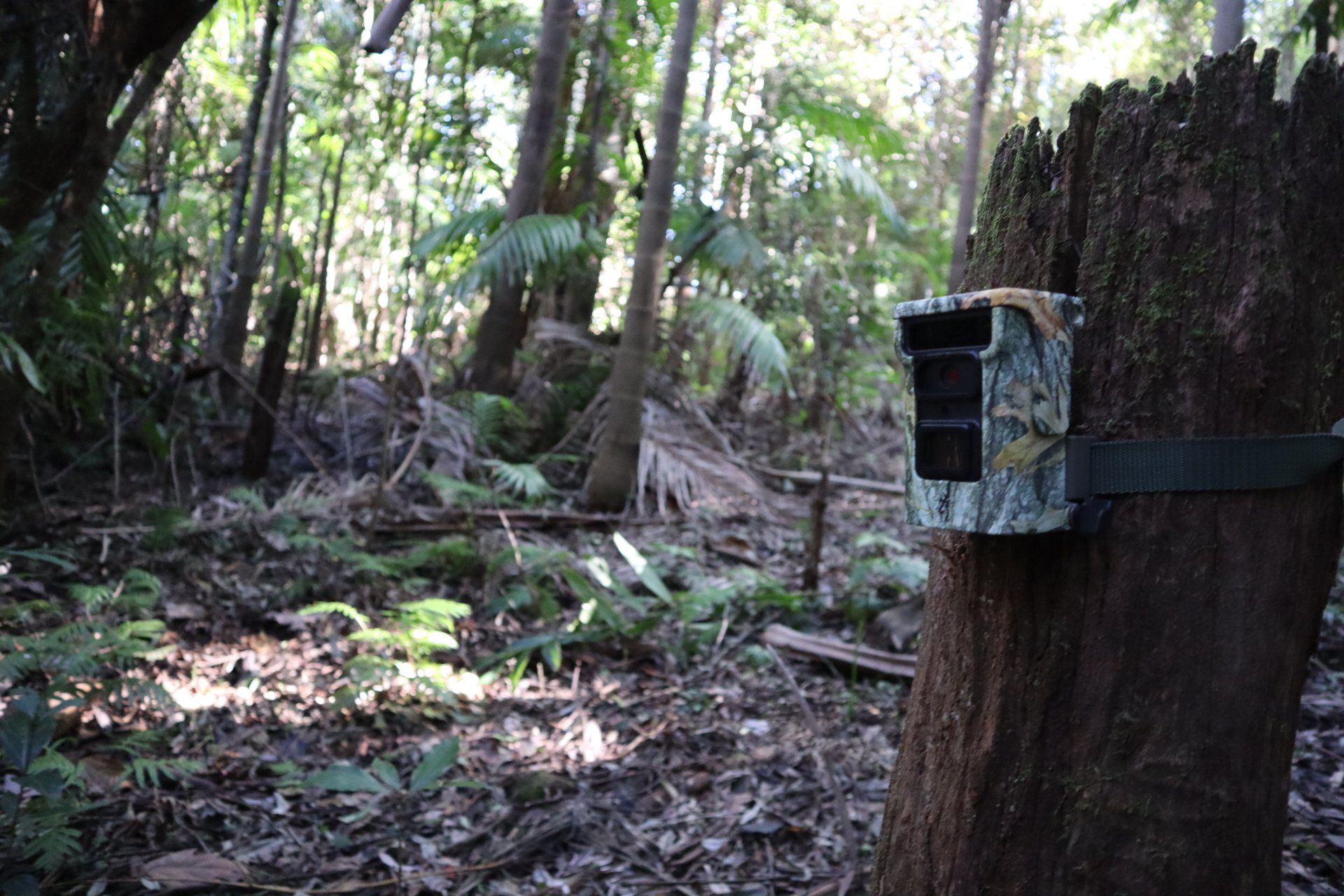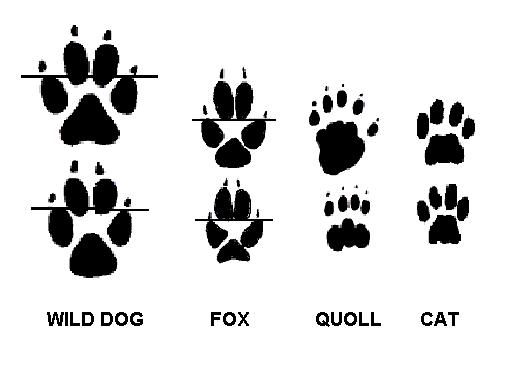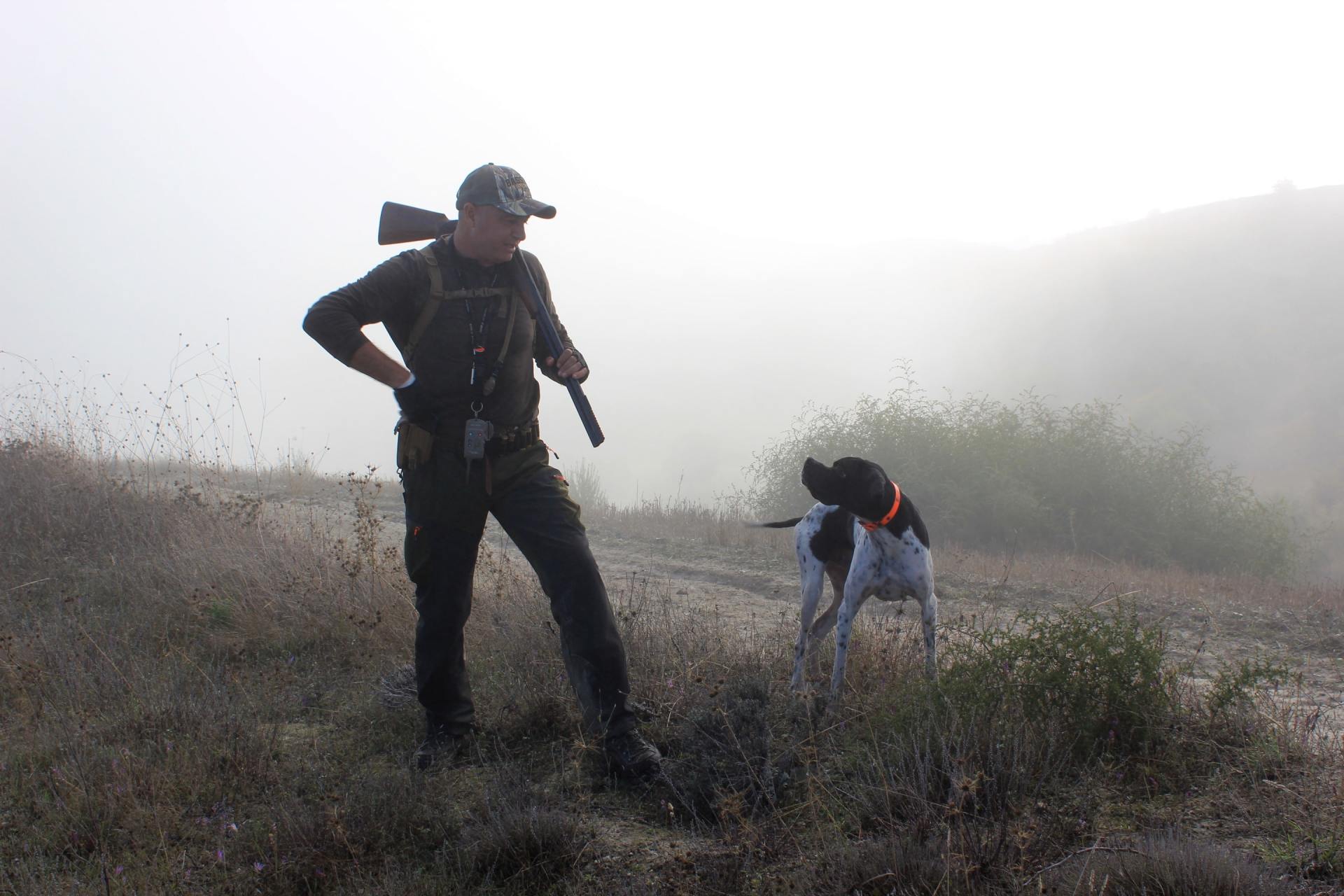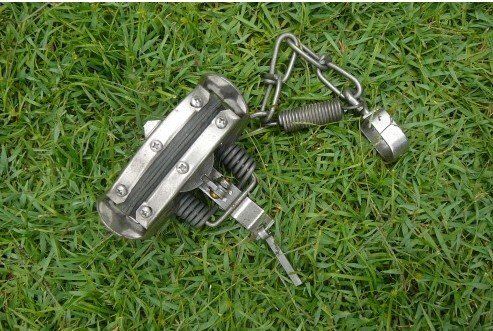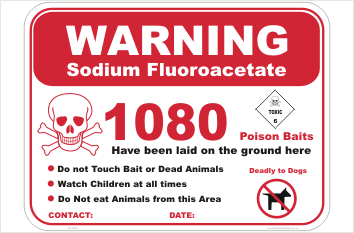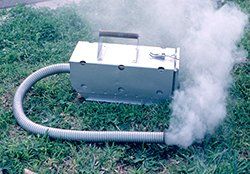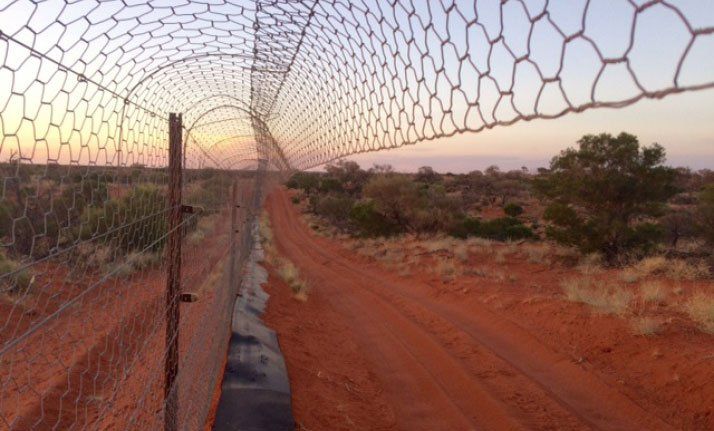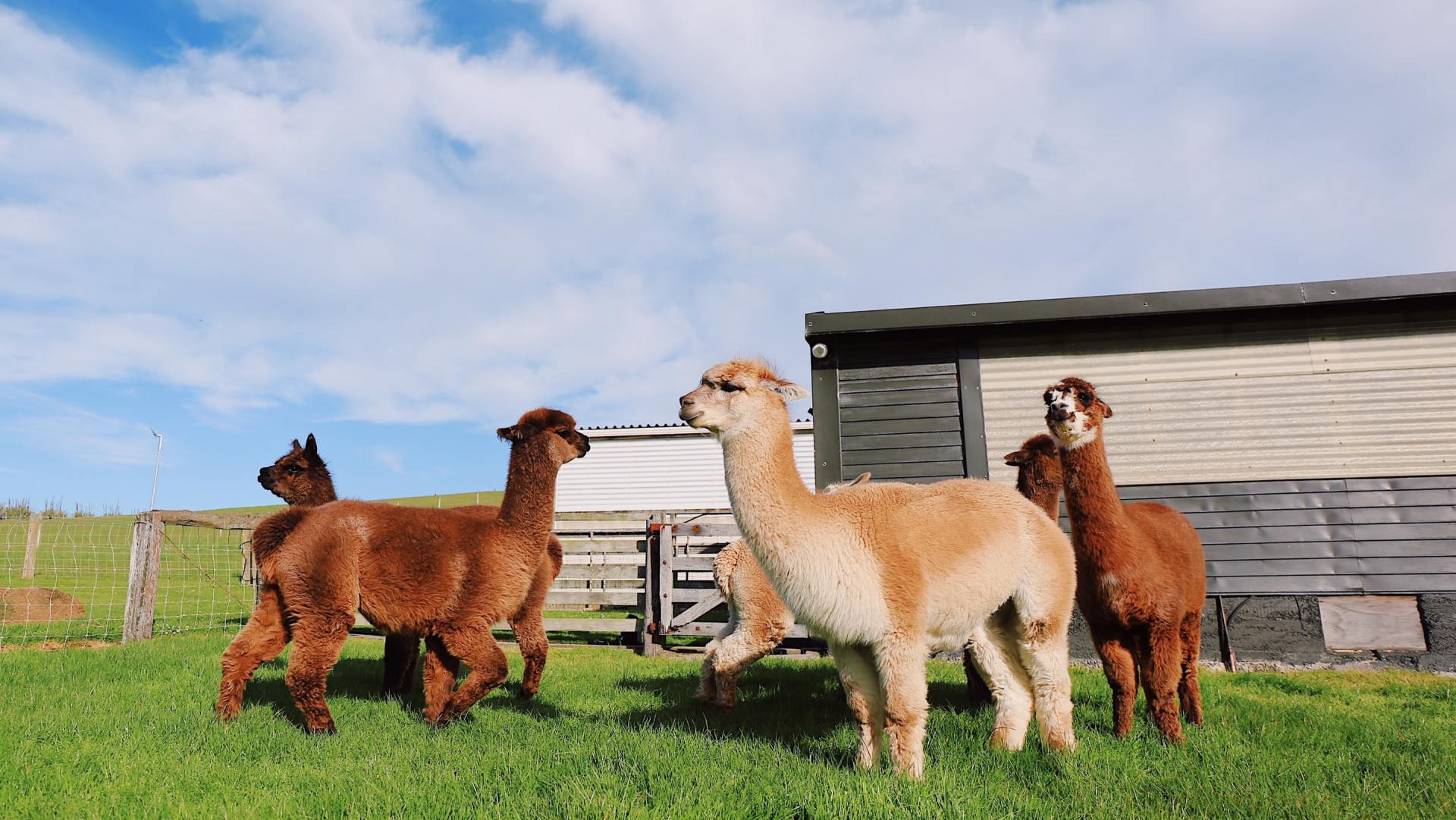Foxes
Foxes threaten the survival of many Australian species, removing them at a landscape scale is the only way to manage populations.
Lets find out how...
The Issue
The Challenge
The Response
Wildlife Cameras
Setting up wildlife cameras for foxes is pretty simple as they tend to use the obvious tracks, just like us. Setting your camera up on a tree facing a path or a road will generally be the way to go. If you have the resources setting up multiple cameras every 500m along the track will give you a great indication of where they're hunting.
Sand Trapping
Spreading sand over a track or road from one side to the other approx 1m wide and 3-5cm thick is a tool for monitoring foxes through their paw print. Checking it every couple of days will give you a great indication of who is moving through the property. If you have the resources, setting up multiple traps every 500m could be an indication for there whereabouts or population numbers.
Examine dead animal carcasses
Where did the predator bite their prey? Foxes generally attack around the neck and muzzle area. They tend to eat the tongue and organs first and will rarely attack adult sheep, preferring lambs and smaller prey. The difference between a wild dog and fox killing could be narrowed down to the difference in puncture marks as a foxes jaw is much more slender and their teeth closer together.
The Options
Shooting
If carried out correctly, shooting is considered the most humane way to eradicate foxes. It is usually done at night or when the cameras pick up movement most frequently and with the aid of a spotlight. It does not offer long-term or broad scale reductions so is best included as part of an integrated approach using a combination of methods such as trapping. Success will also depend on the shooters marksmanship.
Trapping
Trapping is useful in urban areas but could be considered too labour intensive on a broader scale. Steel jaw leg-hold traps are prohibited in Australia but the modified soft-jaw traps are allowed in some states. Cage traps are preferred as they cause fewer off-target injuries and are allowed in urban areas where shooting and poisoning is not.
Poisening
In NSW, baits can be purchased from licensed operators after completing the 'Vertebrate Pesticide Induction Training' online through LLS. Popular techniques include buried baits and ejectors set up along tracks 200−500 m apart and 8−10 cm underground. For maximum success, baiting should be done twice a year with one round coinciding with Spring.
Fumigation
Den fumigation is used to destroy young fox. Once the natal den is located, carbon monoxide is put in and causes oxygen depletion leading to unconsciousness and rapid death. The gas is stored within a fumigant cartridge and purchased from Animal Control Technologies. Den fumigation may locally reduce foxes however, it is not a broad scale fox control method and could be costly. Once the den is located, a short period of camera monitoring capturing the entrance could be conducted to ensure no other native animals such as microbats are inhabiting the den.
Fencing
Fox exclusion fencing is a non-lethal method used to exclude foxes from protected areas and prevent predation on livestock. The method can be effective, however it is not absolute and can be very timely and expensive. There're a range of fence designs dependent to the species being protected or excluded, environment, budget, resources and maintenance requirements. Foxes can dig and climb so the structure of your fence must be carefully thought out with regular monitoring to ensure it is securely maintained.
Guard Animals
Guard animals most frequently used in Australia include dogs and Alpacas, rarely Llamas and Donkeys. The four most common dog breeds are Meremma, Great Pyrenean, Anatolian Shephard/Karabash and Central Asia Ovcharka.
Guard animals are not absolute and should be used as an integrated approach.
For more information on eradicating foxes read the

